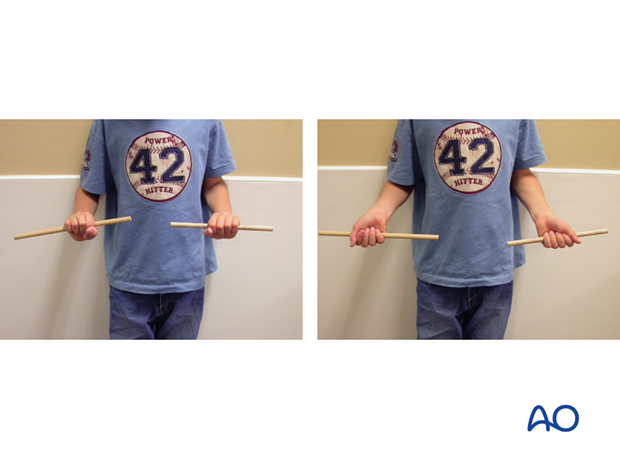Concept of fracture treatment and long-term restoration of arm function
1. Introduction
Flexion/extension of the elbow is a affected by proximal forearm fractures. The triceps is attached to the olecranon and is defunctioned by non- or malunion.
The elbow flexors are attached to the coronoid process and the radial tuberosity.
Elbow movement can be diminished by intraarticular ulnar fracture malunion.
Forearm rotation is the function of the distal and proximal radioulnar joints.
Forearm rotation is essential for many activities and should not be limited following injury.
Malunion or posttraumatic deformity of the radial head may produce a lifelong loss of forearm rotation.
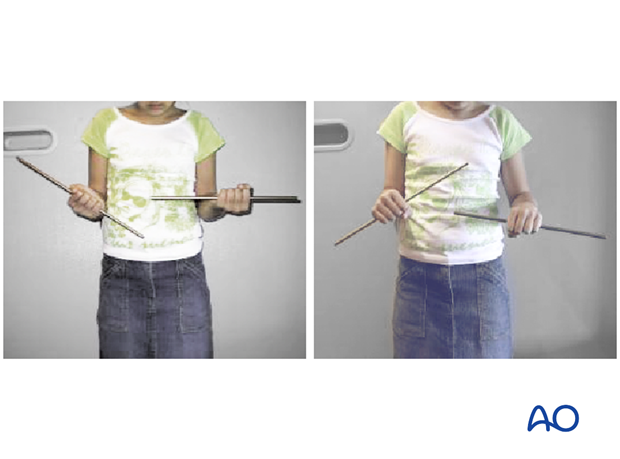
Full rotational of the forearm is essential for a variety of important daily and professional activities.
Pronation is important for use of a keyboard and supination for using a screwdriver.
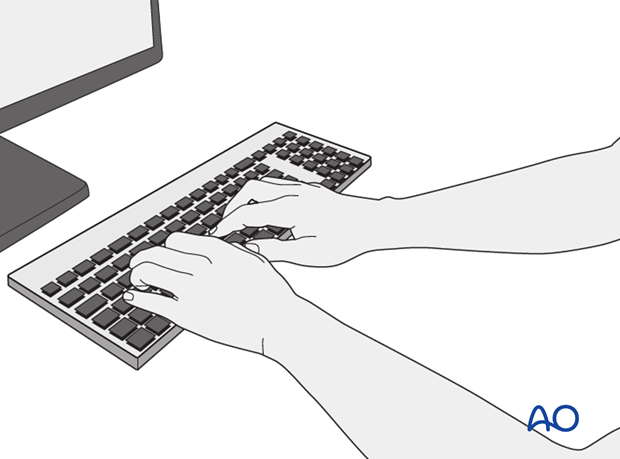
2. Growth potential and posttraumatic changes
The growth potential of the proximal radius is very low and contributes approximately 10% of radial length. Some angulation of the radial head may however improve in children under 10 years old.
Translation does not correct spontaneously.
3. Prevention
Elbow flexor/extensor function is maintained by anatomical reduction and early movement.
Immobilization following conservative treatment should not be prolonged beyond 3-4 weeks to prevent stiffness.

It is important to achieve anatomical reduction of translation to prevent long-term limitation of pronation and supination, especially in children over the age of 10.
Indications for osteosynthesis in pediatric radial neck fractures have expanded and have a good evidence base.
Fracture types which require surgical treatment:
- All fractures with translation more than half of the bone diameter
- 21r-E/1.1 III
- 21r-E/2.1/2 III
- 21r-M/3.1/2 III
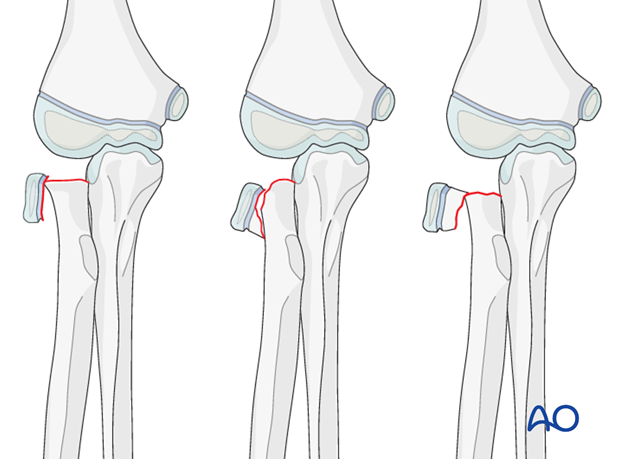
In children over the age of 10, even fractures with displacement of less than half of the bone diameter, require surgical treatment:
- 21r-E/1.1 II
- 21r-E/2.1/2 II
- 21r-M/3.1/2 II
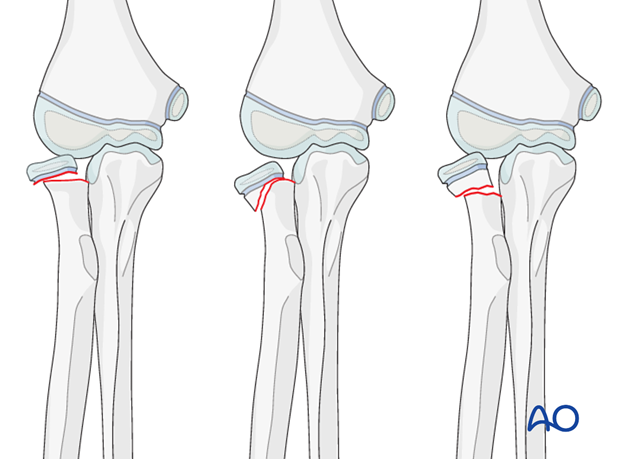
With appropriate treatment, good results with normal forearm function should be expected.
